How Can You Make A Good First Impression
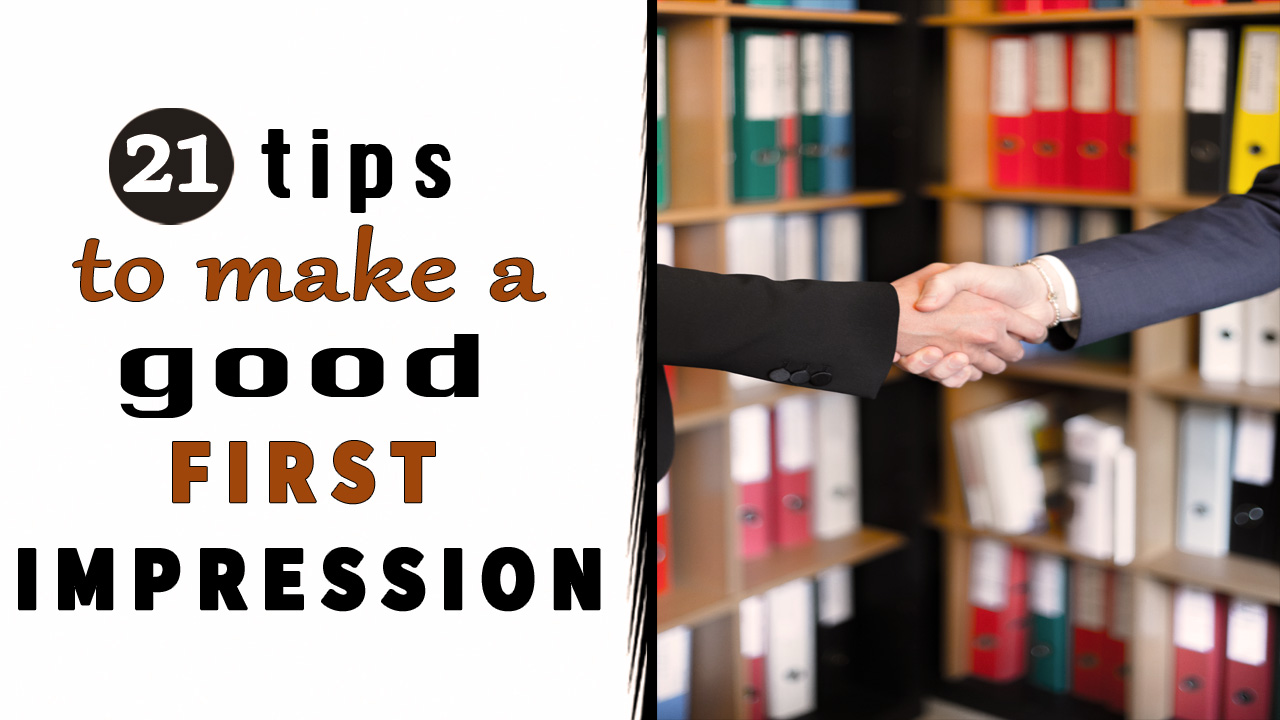
In today's fast-paced world, mastering the art of a good first impression is more critical than ever. Experts emphasize that forming a positive initial connection can significantly impact both personal and professional success.
This article provides actionable strategies for creating a favorable first impression, focusing on key elements such as nonverbal communication, active listening, and genuine engagement.
The Power of Nonverbal Communication
Studies show that nonverbal cues account for a significant portion of how we perceive others. Dr. Albert Mehrabian's research suggests that words only contribute about 7% to the impact of a message. Body language and tone of voice make up the remaining 93%.
Maintaining eye contact signals sincerity and attentiveness. A firm handshake conveys confidence.
According to a 2023 study by the University of California, Berkeley, individuals who exhibit open and inviting body language are perceived as more trustworthy and approachable.
Active Listening: Hearing and Understanding
Making a positive first impression isn't just about what you say; it's about how well you listen. Active listening involves paying close attention, asking clarifying questions, and summarizing key points.
Psychologist Carl Rogers emphasized the importance of empathy in communication. He stated that understanding someone's perspective builds rapport and fosters connection.
Avoid interrupting and focus on fully understanding the speaker's message. Paraphrasing what they've said demonstrates that you are engaged and value their input.
The Importance of Genuine Engagement
Authenticity is key to making a lasting positive impression. People can often detect insincerity, which can quickly damage trust.
Find common ground by asking open-ended questions and sharing relevant personal experiences. Focus on genuine interest rather than superficial conversation.
A survey conducted by Harvard Business Review found that individuals who demonstrate genuine curiosity are more likely to be perceived as intelligent and engaging.
Mastering the First Few Seconds
The first few seconds of an interaction are crucial. Studies indicate that people form initial impressions within a matter of milliseconds.
Smile genuinely, make direct eye contact, and offer a warm greeting. Use the person's name to make the interaction more personal.
Amy Cuddy's research on "power posing" suggests that adopting a confident posture can also influence how others perceive you.
Practical Tips for Improvement
Practice these techniques in everyday interactions to refine your skills. Seek feedback from trusted friends or colleagues on your communication style.
Consider recording yourself in mock conversations to identify areas for improvement. Pay attention to your body language, tone of voice, and overall demeanor.
Toastmasters International offers resources and training to enhance public speaking and communication skills. Regular practice can build confidence and improve your ability to connect with others.
The Road Ahead
Mastering first impressions is an ongoing process. Continuously evaluate your communication style and adapt to different situations.
By focusing on nonverbal communication, active listening, and genuine engagement, you can significantly improve your ability to make a positive and lasting first impression. This will pave the way for stronger relationships and greater success in all areas of life.
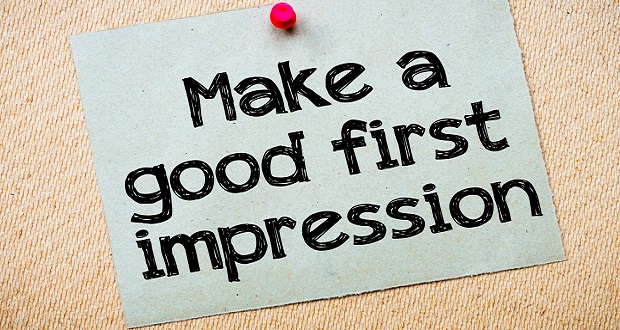

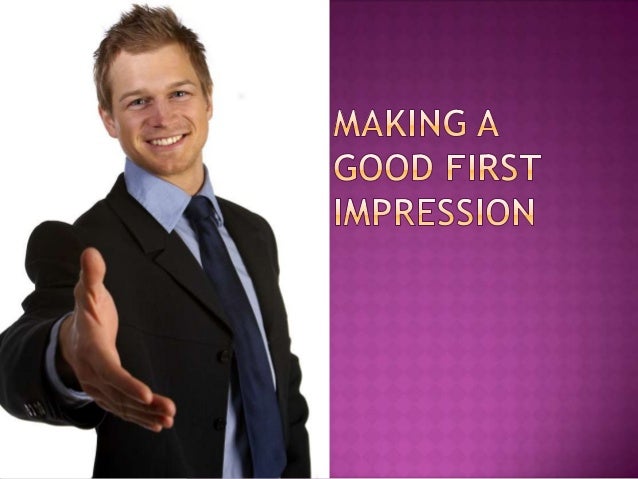
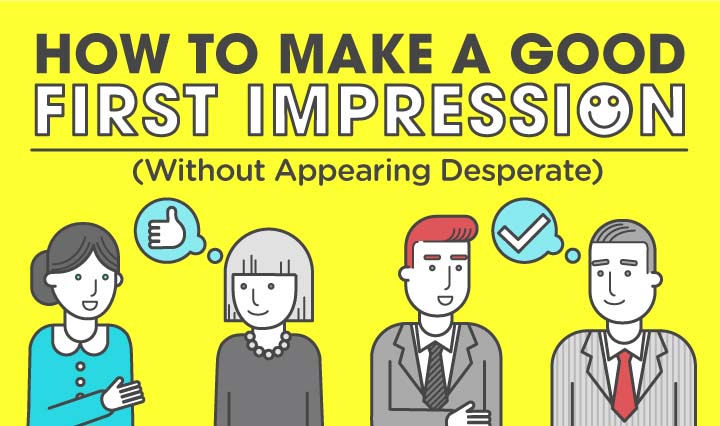

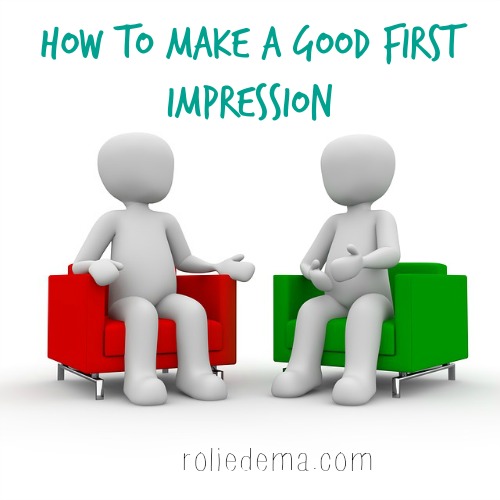

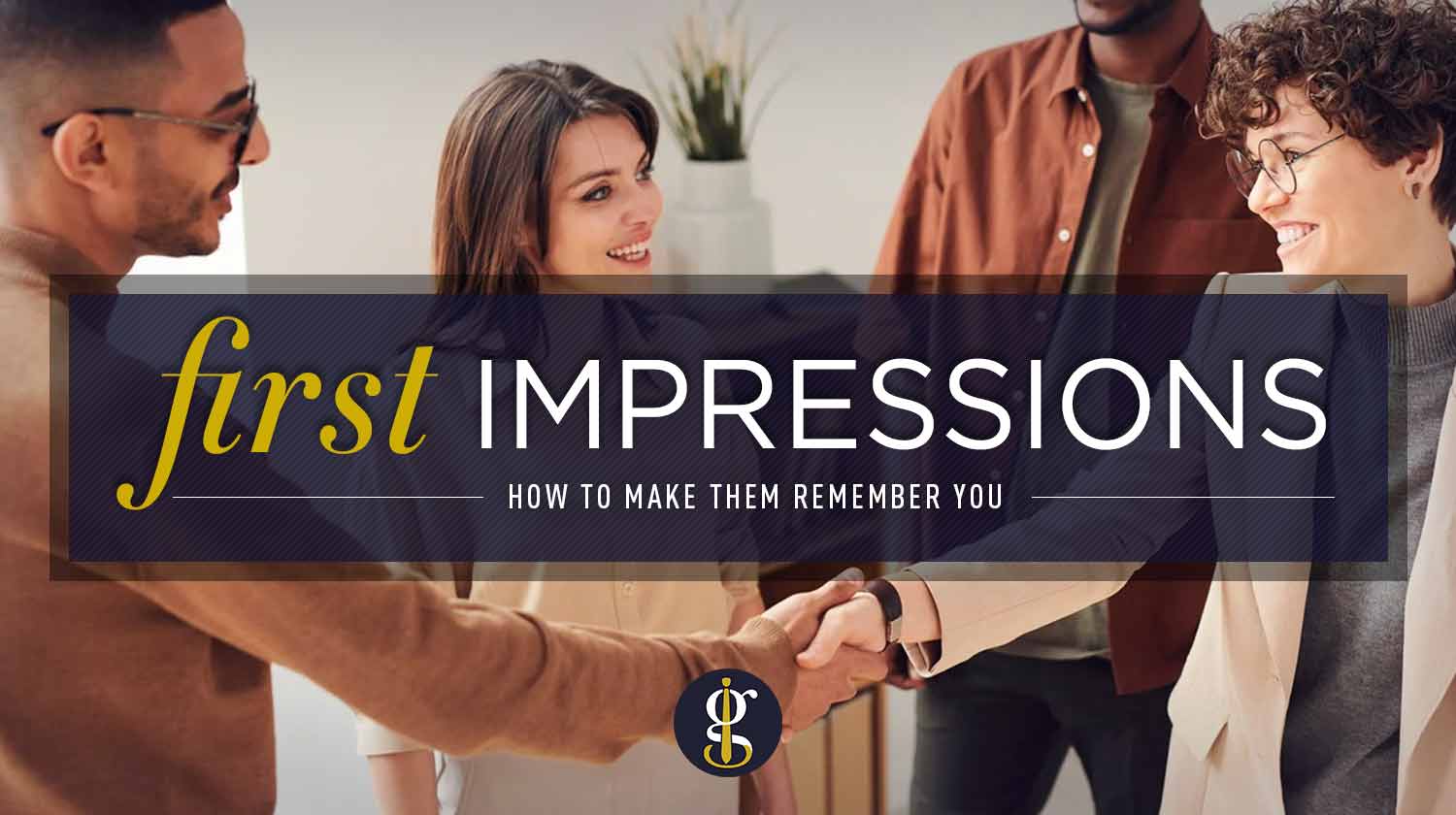
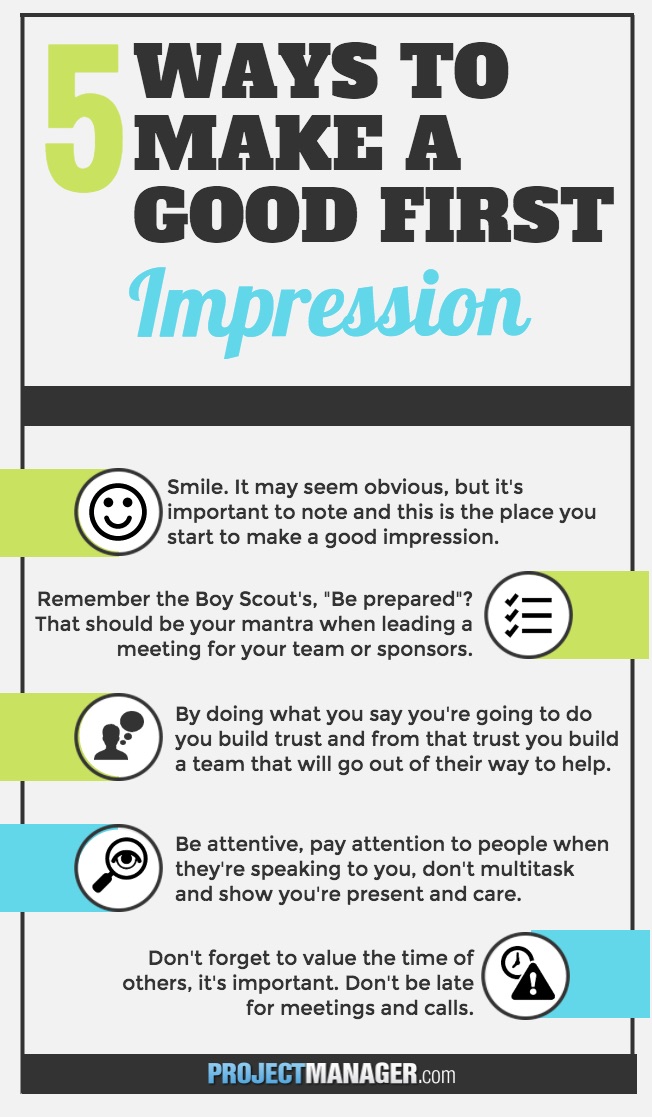



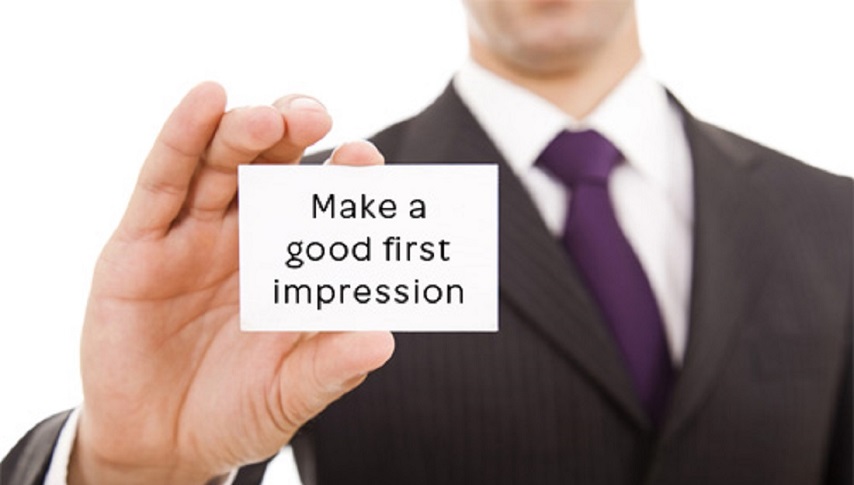

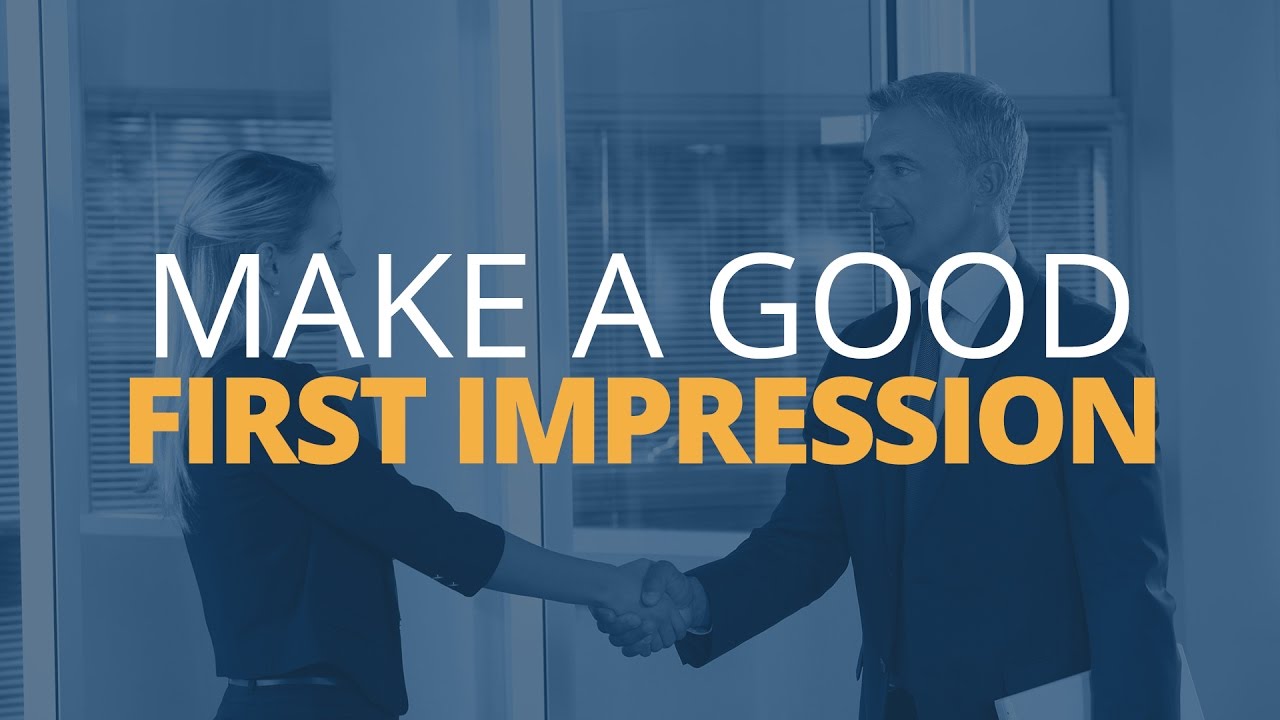
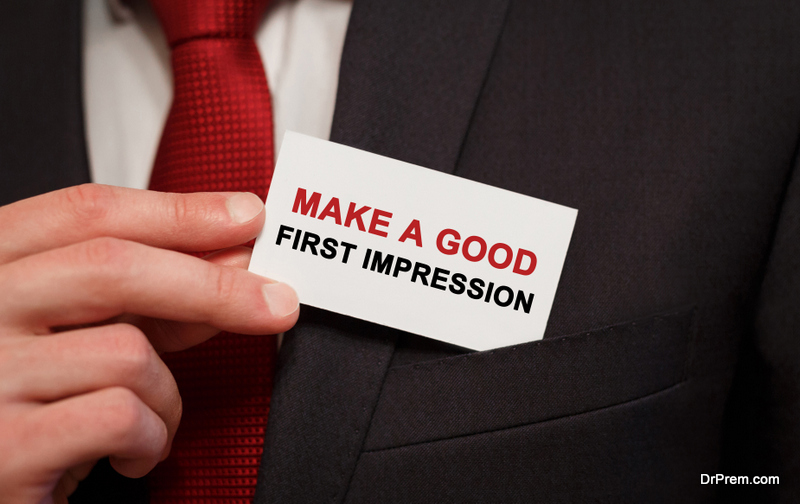
![How Can You Make A Good First Impression 7 Tips To Create a Great First Impression [Each And Every Time]](https://www.webskittersacademy.in/wp-content/uploads/2015/06/First-Impression-825x417.jpg)

